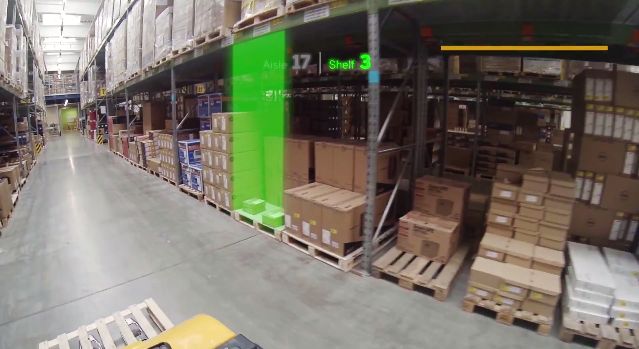
Any warehouse or logistics environment's success will always hinge on one thing above all else: efficiency. Things can quickly go wrong if there isn't order, careful planning, and a solid strategy in place to ensure warehouse employees can locate and deliver the right products to the right place at the right time.
As a result, we're already seeing significant investments in warehouse automation technology, which is expected to reach $22.4 billion by the end of 2021, with augmented reality (AR) accounting for a significant portion of that growth.
We've already seen big players like DHL invest heavily in AR, and as the market matures, we expect this trend to spread from the enterprise to smaller businesses.
But what exactly does augmented reality offer logistics companies and organizations? Look at the information below to learn more.

Advanced Collaboration
Warehouse teams can easily share important data and cut production times by collaborating on the same project using tools like smart glasses and AR collaboration apps.
For example, warehouse staff at point A can communicate seamlessly with those at point B to transfer critical instructions, ensuring that business continuity is maintained during the handover.
Data Visualization
According to experts, order picking accounts for as much as 63 percent of operational costs in the warehouse.
The time to retrieve and analyze data such as delivery sheets, inventory counts, and actually locating products eats into profit margins, costing logistics companies billions of dollars every year.
Warehouse workers can use AR data visualization technology to instantly access all of the information they need without having to search for it.
As a result, they can complete tasks more quickly and assist employers in significantly reducing operational costs.
On-The-Job Training
At the very least, reports show that training a new warehouse worker costs an average of $1,200. This includes the total cost of hiring a supervisor to teach the warehouse associate how to operate the equipment and follow company procedures.
New employees can learn while working with AR-assisted training, such as Google Glass for Enterprise 2's assisted remote-learning features.
Improves Safety
According to studies, serious, non-fatal injuries cost the transportation and warehousing industry $84.04 million per week. Although all new and existing employees receive regular health and safety training before starting work, injuries still occur because of insufficient training.
Wearable AR devices can provide real-time, line-of-site instructions to ensure warehouse operatives complete tasks safely the first time, even if they have no prior training.
What does the future hold for AR in the logistics sector?
While many people still associate augmented reality with consumer products, it's clear that the technology will play a significant role in enterprise operations in the future, with the industrial sector leading the way.
Let's look at some statistics:
- The AR market size is expected to reach USD 80.8 billion by 2020
- 70 percent of businesses will unlock the potential of AR for enterprise by that time
- 20 percent of AR adoption in the enterprise will be Industrial
It's easy to see why so many logistics companies are excited to invest in AR: it improves operational efficiency, lowers costs, boosts employee performance, and improves both safety and training procedures.
While DHL and other large corporations were among the first to use augmented reality in logistics, once the market matures and technology becomes more widely available, we can expect to see widespread adoption.


